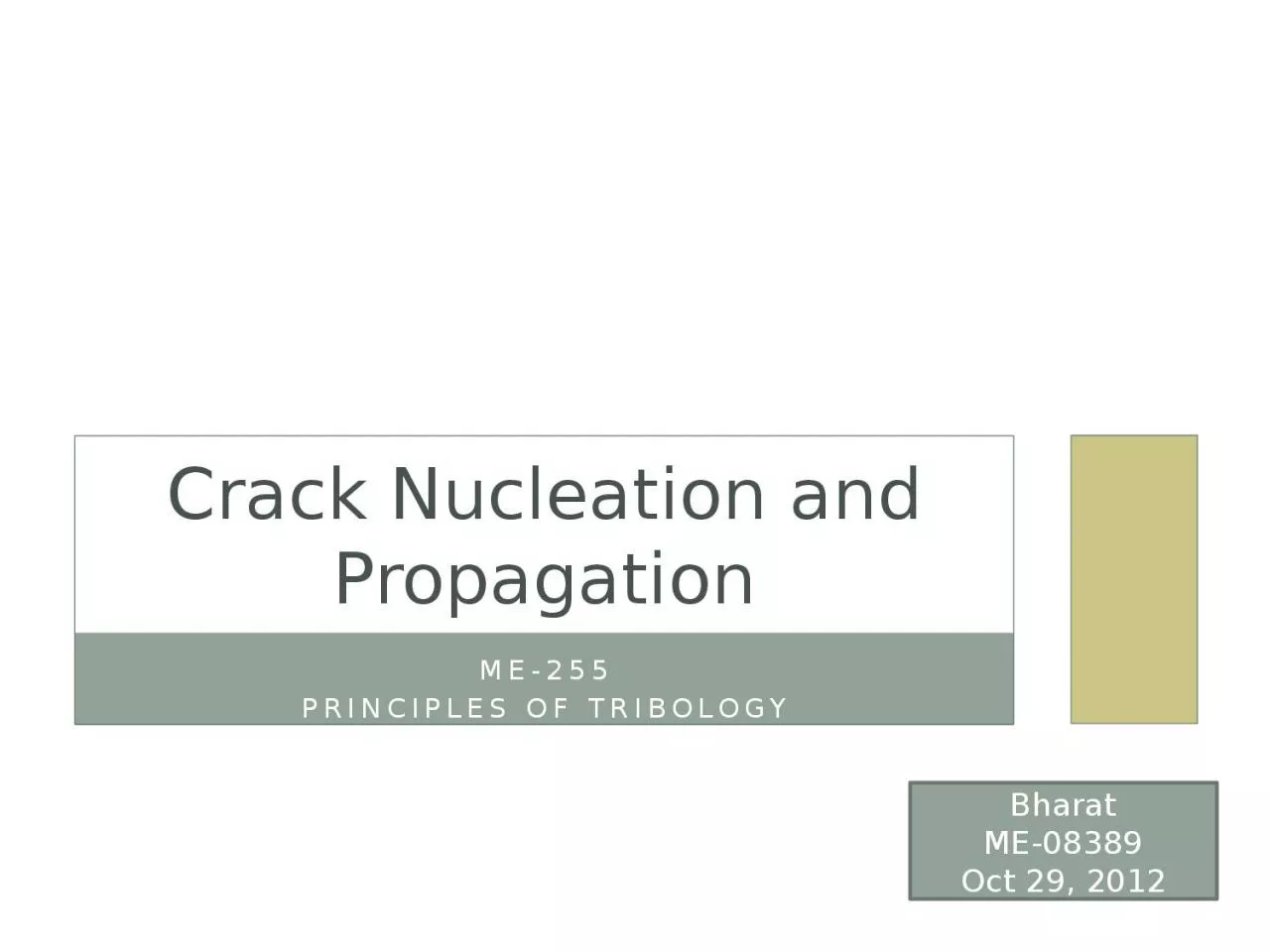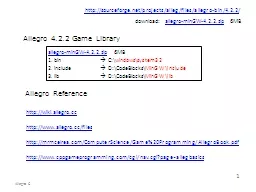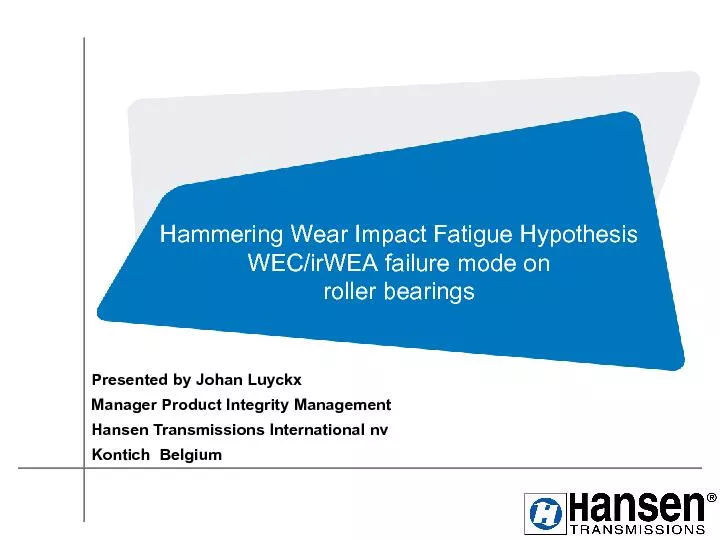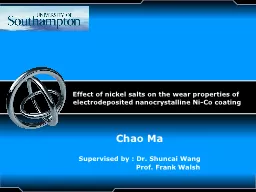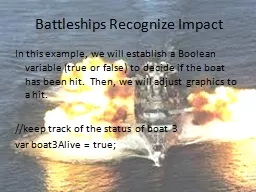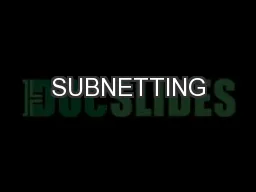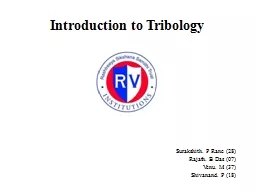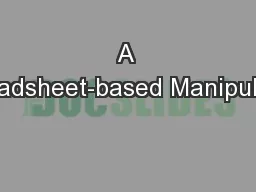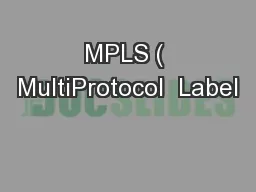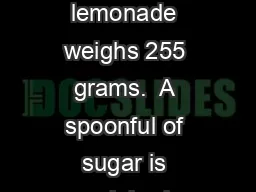PPT-ME-255 Principles of tribology
Author : oconnor | Published Date : 2022-06-15
Crack Nucleation and Propagation Bharat ME08389 Oct 29 2012 Organization of Presentation Basic fracture types Stress temperature curves Nucleation of Cleavage Cracks
Presentation Embed Code
Download Presentation
Download Presentation The PPT/PDF document "ME-255 Principles of tribology" is the property of its rightful owner. Permission is granted to download and print the materials on this website for personal, non-commercial use only, and to display it on your personal computer provided you do not modify the materials and that you retain all copyright notices contained in the materials. By downloading content from our website, you accept the terms of this agreement.
ME-255 Principles of tribology: Transcript
Download Rules Of Document
"ME-255 Principles of tribology"The content belongs to its owner. You may download and print it for personal use, without modification, and keep all copyright notices. By downloading, you agree to these terms.
Related Documents

